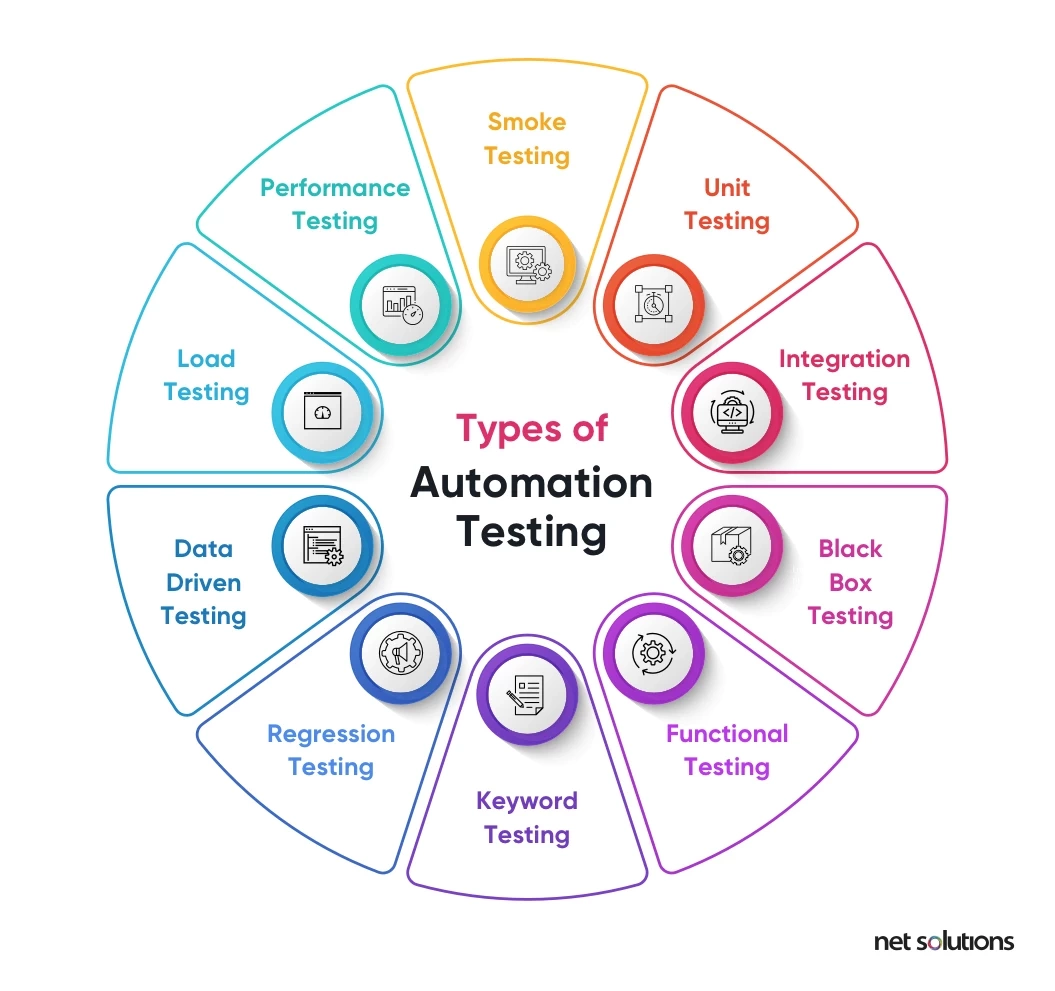Exactly How Automation Testing Changes Quality Assurance Processes
Exactly How Automation Testing Changes Quality Assurance Processes
Blog Article
From Handbook to Automated Screening: A Comprehensive Guide to Transitioning Efficiently and Properly
In the realm of software screening, the change from handbook to automated procedures has actually come to be an increasingly important transition for organizations seeking to enhance effectiveness and accuracy in their testing practices. As innovation remains to breakthrough, the need for seamless and effective automatic testing techniques has actually never ever been extra important. The trip from guidebook to automated testing is not without its challenges, but when approached tactically and with a clear strategy in mind, the benefits can be substantial - automation testing. In this extensive guide, we will certainly discover vital actions and considerations necessary for an effective shift, from the initial option of devices to the assimilation of automation right into existing process. Remain tuned to uncover the understandings that will certainly aid lead the way for a smoother and much more efficient testing process.
Benefits of Automated Examining
Automated testing offers countless advantages, enhancing effectiveness and accuracy in software application development procedures. One main advantage is the substantial reduction in testing time. Automated examinations can be run concurrently on several devices and running systems, significantly speeding up the testing stage compared to hand-operated testing. This enhanced performance enables faster feedback on the high quality of the software, enabling designers to recognize and address issues immediately.
Furthermore, automated screening guarantees a higher level of precision in discovering issues. Since automated examinations comply with predefined scripts, human error is minimized, leading to more dependable test outcomes. Uniformity in testing is also improved, as automated examinations implement the exact same steps precisely each time they are run. This consistency is essential in guaranteeing that all functionalities of the software application are thoroughly tested, reducing the likelihood of undetected pests sliding with to production.
Picking the Right Tools

First of all, assess your needs and goals. Understand the extent of your job, the technologies included, and the ability of your team. This evaluation will aid you figure out the functions and abilities you require in your screening tools.
Secondly, think about the compatibility of the tools with your existing systems and procedures. Smooth integration with your existing software application development lifecycle is vital to guarantee a smooth change to automation.
Additionally, examine the scalability and flexibility of the devices. As your testing needs evolve, the devices need to be able to adapt and suit modifications efficiently.
Lastly, consider the assistance and neighborhood around the devices. When applying automated testing, durable support and an energetic user area can provide useful resources and help. By thoroughly thinking about these facets, you can pick the right devices that line up with your needs and established the phase for an effective shift to automated screening.
Writing Reliable Test Manuscripts
When crafting test manuscripts, it is necessary to take into consideration the specific needs of the software being checked and guarantee that the manuscripts attend to all crucial capabilities. Clear and detailed naming conventions for examination scripts and examination cases can boost readability and maintainability. Furthermore, including error handling devices within the test manuscripts can help in recognizing and attending to issues without delay.
Moreover, organizing examination scripts right into modular elements can improve reusability and scalability, lowering redundancy and improving performance in test manuscript maintenance. Normal testimonials and updates to examine scripts are essential to equal developing software requirements and capabilities. By complying with these principles, testers can develop effective and durable test scripts that add considerably to the success of automated screening procedures.
Integrating Automation Into Workflows
Effective assimilation of automation tools right into existing workflows improves procedures and boosts productivity within software advancement cycles. When including automation into process, it is critical to determine repeated jobs that can be automated to save time and lower human mistake. By flawlessly integrating automated testing devices like Selenium or Appium right into the software program development lifecycle, teams can accomplish faster feedback on code modifications, leading to quicker bug detection and resolution. This assimilation enables continuous testing throughout the growth procedure, ensuring that any issues are identified early on, leading to greater software application top quality. In addition, automation can be used to set off tests automatically after each code commit, providing immediate validation and releasing Source up testers to concentrate on more complex scenarios. Correct assimilation of automation devices requires partnership between advancement, screening, and operations teams to develop a unified process that optimizes efficiency and performance in delivering premium software.
Making Sure a Smooth Change
Effectively transitioning to automated screening includes thorough preparation and careful execution to make the most of and reduce interruptions performance in the software program growth procedure - automation testing. To make sure a smooth shift, it is necessary to start by carrying out a detailed assessment of the current testing processes and determining areas where automation can bring the most significant benefits. Engaging with all stakeholders beforehand while doing so, consisting of Click This Link developers, testers, and project managers, is vital for amassing support and buy-in for the automation initiative
Communication is crucial throughout this shift phase. Clear communication of the goals, benefits, and assumptions of automated screening aids to take care of any resistance or worries that might develop. In addition, providing adequate training and resources for staff member to upskill in automation devices and strategies is essential for ensuring a successful change.

Conclusion
To conclude, transitioning from handbook to automated screening uses various advantages, including increased effectiveness and reliability. By picking the suitable devices, creating effective examination scripts, and incorporating automation flawlessly into workflows, companies can make sure a effective and smooth change. It is crucial to welcome automation as a useful possession in software application testing procedures to enhance general high quality and efficiency.
In the realm of software program screening, the shift from manual to automated procedures has actually come to be a progressively important change for organizations looking for to improve efficiency and precision in their testing practices. Automated tests can be run simultaneously on numerous devices and running systems, drastically speeding up the screening phase contrasted to hands-on screening. Consistency in testing is likewise improved, as automated tests perform the same actions precisely each time they are run.To make Recommended Site sure the effective application of selected testing devices, the creation of effective examination manuscripts plays a vital duty in validating the functionality and performance of automated processes - automation testing. By complying with these principles, testers can create reliable and durable examination manuscripts that add considerably to the success of automated testing processes
Report this page